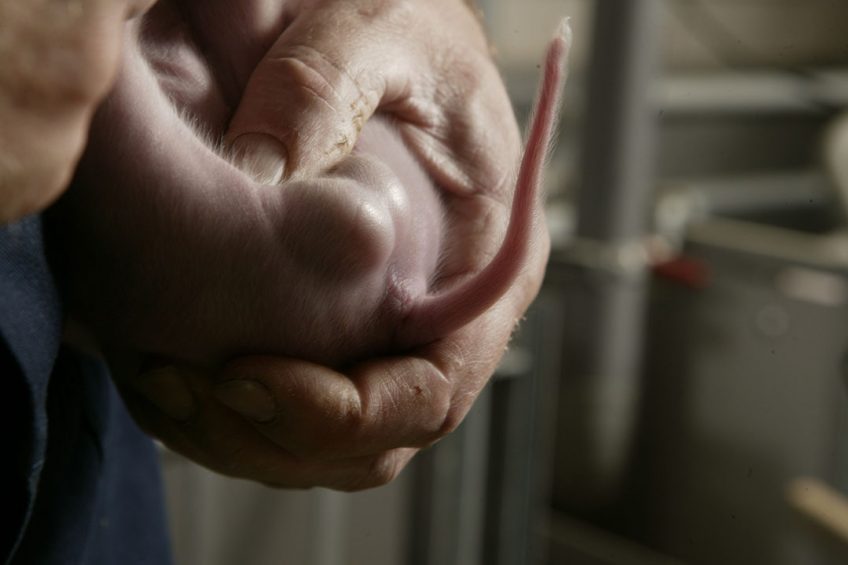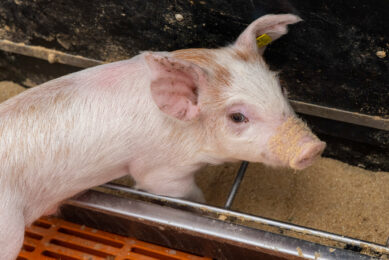Which anaesthesia is best during piglet castration?

Danish researchers will be studying different local anaesthesia methods in order to figure out what is the best possible method to anaesthetise prior to piglet castration.
The research will be done in the next 3 years, by Aarhus University researchers at the request of the Danish Veterinary and Food Administration.
The reason behind the research is that recently, piglet castration legislation in Denmark was tightened. As from January 2019, piglets have to be anaesthetised prior to castration. The new rules have created new questions, as the use of local anaesthesia prior to castration is not painless, nor does it cover the entire painful post-castration period, and only a few drugs are licensed for that use in Denmark.

How did this legislation in Denmark come into existence?
Studying the entire castration procedure
In a news article released on the university’s website, post-doc Hanne Kongsted explained that the researchers will study the entire castration procedure.
She said, “We apply a holistic approach. We know that it hurts, when you castrate a pig without anaesthesia. However, applying anaesthesia introduces other painful and stressful events to the pigs. Nobody wants to introduce a method that implies the same or potentially even more severe pain and adverse effects on the welfare, than castration without anaesthetics. Overall, we aim to describe the least painful and stressful method in order to improve the welfare of the pigs.”
3 Methods are tested
Based on interviews with farmers, vets and representatives from the pharmaceutical companies producing the drugs licensed for this purpose in Denmark, the researchers have so far identified 3 different methods to be examined:
- The ’Swedish method’ (officially recommended), which means the anaesthetic is administered into skin, testicle and spermatic cord;
- A more simple procedure where the anaesthetic is injected only into the testicle; and
- A method where the anaesthetic is injected into the testicle and the skin.
Another aspect of the study is the interval between administration and the start of the castration procedure. Nowadays, the recommended interval is 5 minutes. There is, however, no documentation as to how many minutes are sufficient and how long producers can wait. That knowledge is important in practice, as producers will often have many piglets to castrate.
Anaesthesia makes a difference
Interviews with farmers and vets suggest that anaesthesia does have positive effects for pigs when castrated, the article on the university’s website explained. However, a number of unresolved questions remain. For instance, Danish farmers are required to use anaesthetics based on the active drug procaine, while most studies in literature have been carried out using lidocaine.
Kongsted explained, “The professionals that we interviewed, and have practical experiences with local anaesthesia and castration, unequivocally state that anaesthesia does make a positive difference. The piglets seem calmer; and they do not scream or move quite as much. We hope to identify a method that is more simple than the current practice, and with a reduced risk of mistakes. Farmers are busy, and if it would be possible to apply only one injection and know that the piglet does not feel pain, this would be a great relief in the herds.”

Can gene editing solve the castration issue?
Separate recommendations for timing and incision?
In Denmark, 2 different types of anaesthetics have been approved for local anaesthesia in piglets. The existing guideline for anaesthesia does not consider the difference. The study will therefore establish whether there is any reason to make separate recommendations for e.g. the timing of incision and the volume of drug used.












